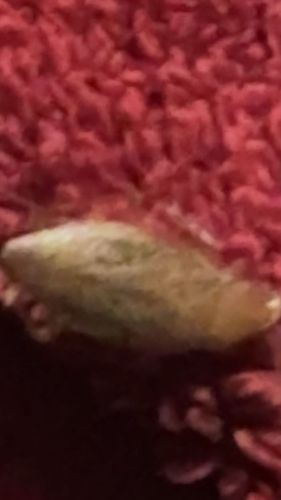Crane Fly (larva)
Scientific Name: Tipula species (larva)
Order & Family: Order: Diptera, Family: Tipulidae
Size: Larvae can range from 1 to 4 cm (0.4 to 1.6 inches) in length. Adults can have a body length of 2 to 6 cm (0.8 to 2.4 inches) with a wingspan much larger.

Natural Habitat
Larvae (leatherjackets) are found in moist soil, decaying wood, compost, and aquatic environments such as ponds, ditches, and wetlands. Adults are found in grassy areas, gardens, and near water sources.
Diet & Feeding
Larvae (leatherjackets) primarily feed on decaying organic matter, algae, and sometimes roots of plants and grasses. Adult crane flies mostly feed on nectar or do not feed at all, living off reserves from their larval stage.
Behavior Patterns
Larvae develop in water, feeding on algae and decaying matter, and are a food source for aquatic animals. Adult crane flies are short-lived and generally do not feed significantly. They are often attracted to lights at night.
Risks & Benefits
Risks: Larvae, especially in large numbers, can damage lawns and crops by feeding on roots. Benefits: Larvae play a role in decomposition and nutrient cycling in ecosystems. Adults serve as a food source for birds, bats, and other insects.
Identified on: 9/2/2025